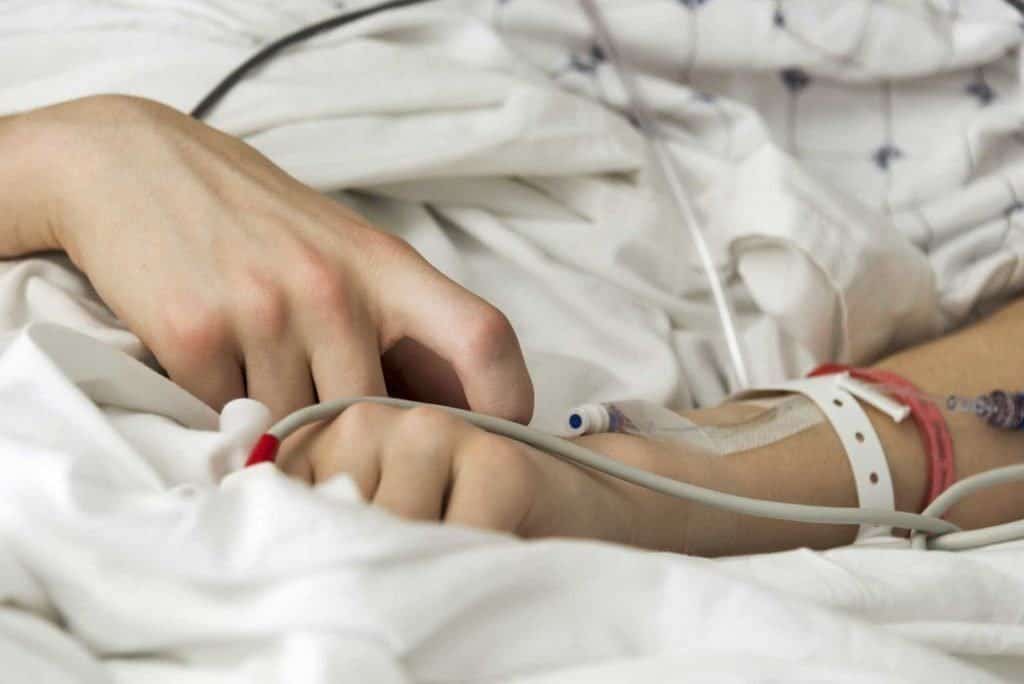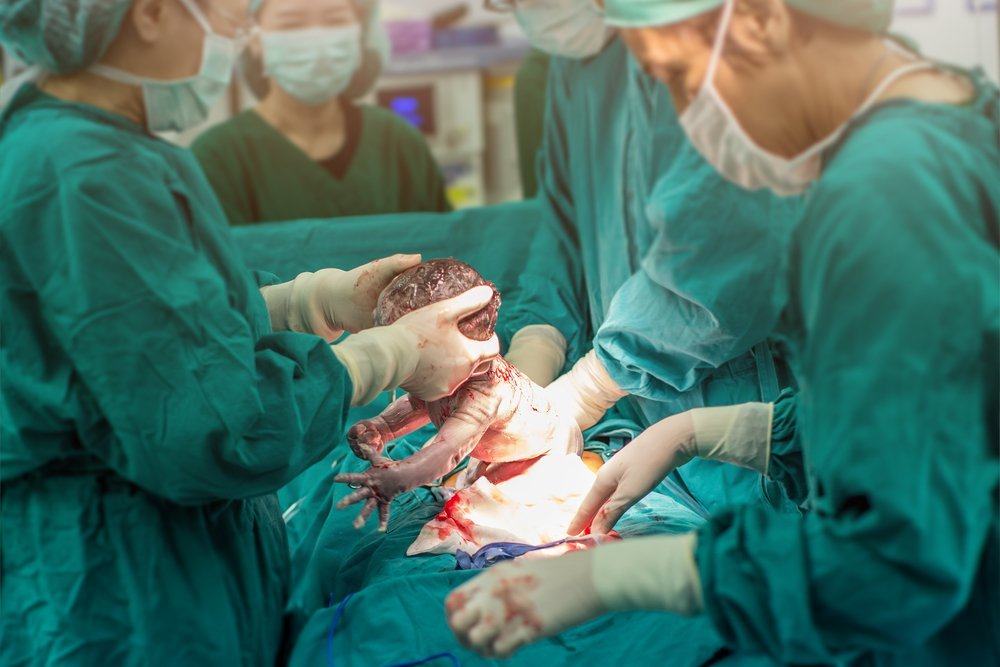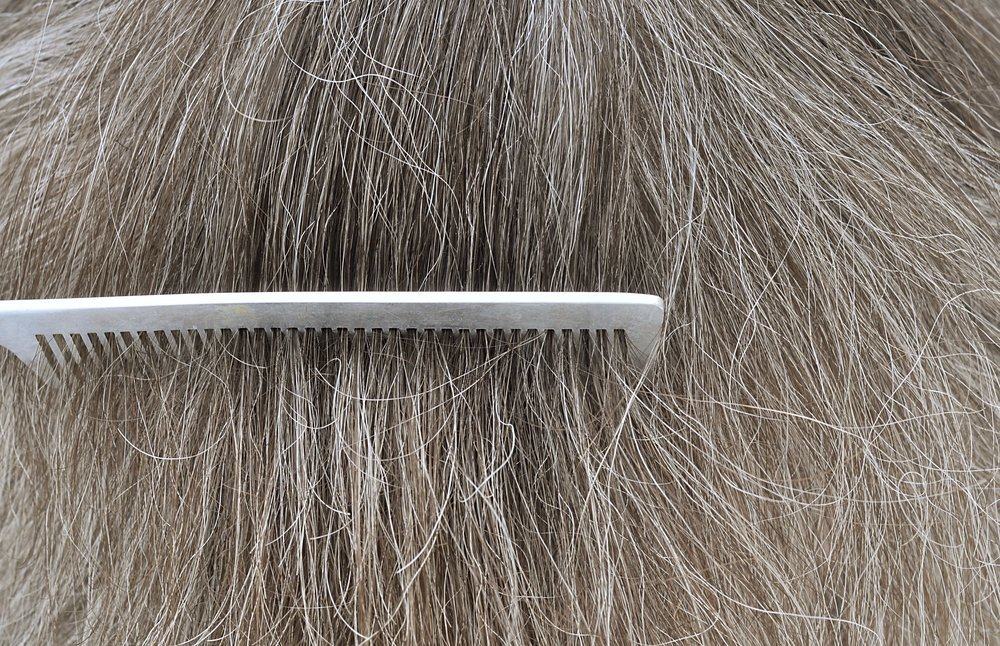Contents:
- Medical Video: Emergency Treatment for Ischemic Stroke - Dr. Reza Jahan | UCLA Interventional Radiology
- Emergency treatment for ischemic stroke
- 1. Aspirin
- 2. Stroke medicines
- 3. Catheter embolectomy
- 4. Decompression craniotomy
- Prevention of ischemic stroke
- Lifestyle changes
- Carotid endarterectomy
- Treatment for hemorrhagic strokes
- 1. Operation
- 2. Coiling
- 3. Trimming aneurysms
- 4. Rehabilitation after a stroke
Medical Video: Emergency Treatment for Ischemic Stroke - Dr. Reza Jahan | UCLA Interventional Radiology
Treatment for a stoke must begin as soon as possible. The faster the emergency treatment starts, the greater the chance of preventing permanent damage. Treatment depends on the type of stroke that attacks the patient, whether it is ischemic stroke or hemorrhagic stroke.
Emergency treatment for ischemic stroke
Emergency treatment for ischemic stroke must begin no later than 4.5 hours after the stroke. Ischemic stoke is the most common type of stroke, which is affected by blood clots in the brain. Treatment will be done to unravel the blockages that interfere with blood flow to the brain.
1. Aspirin
One of the most common treatments that doctors use in emergency stroke is aspirin. It has been proven effective to thin the blood, aspirin can help deliver blood to the affected area. However, you or other family members should tell your doctor if the patient is already on aspirin for heart disease or other diseases.
2. Stroke medicines
Your doctor may also give other drugs to break down the blockage. These drugs can be injected through a thin tube (catheter) into your veins. The most common drug used to treat stroke is tissue plasminogen activator (TPA). This drug helps break down blockages that occur in the brain. Other drugs taken and may be used to thin the blood and reduce the risk of future strokes are clopidogrel and warfarin. Statins have also been shown to reduce the incidence of stroke.
3. Catheter embolectomy
If drugs fail to break down blood clots, and if the stroke is centered on one area (acute), the doctor may use a catheter to reach the blockage and lift it manually using a special device. The catheter is passed through a blood vessel to the area where the blockage occurs. The blockage is then lifted using a tool that resembles a bottle opener wine which is placed at the end of the catheter, or with a drug that is given through a catheter.
4. Decompression craniotomy
Severe stroke can cause serious swelling of the brain. Interventions through surgery may have to be done if drugs cannot reduce this swelling. The purpose of decompression craniotomy is to prevent the pressure inside the skull from enlarging to a dangerous level. In this procedure, the surgeon will open a small portion of the skull in the area of swelling. When the pressure is gone, this opening will be returned.
Prevention of ischemic stroke
After an emergency action, the doctor will evaluate the health of your blood vessels and determine what should be done to prevent further stroke.
Lifestyle changes
Post-stroke prevention generally focuses on improving heart health. This means lowering blood pressure or better managing cholesterol and fatty acids (lipids). You may need to combine exercise, a healthy diet, and medication.
Carotid endarterectomy
Carotid endarterectomy is usually performed in patients who show symptoms similar to stroke transient ischemic stroke (TIA) or known as a mild stroke. In this procedure, the surgeon will remove plaque and blockage of blood from the vessels in your neck. This operation carries the same risk as other surgeries, but can also trigger a further stroke if the plaque or blockage of blood is released during the operation. Doctors usually take precautions to reduce this risk.
Treatment for hemorrhagic strokes
Unlike ischemic strokes, treatment for hemorrhagic strokes does not involve blood thinning drugs. Thinning blood will actually increase the amount of blood lost from the brain. If you are already on medication with blood thinners, your doctor may give other drugs to fight this effect or slow down blood pressure so that bleeding in the brain slows down.
1. Operation
Depending on damage to blood vessels in the brain, surgery may be needed after you have a bleeding stroke. Operations can not only repair damage, but also help prevent future problems. However, the area attacked by a stroke must be close enough to the surface of the brain so that the surgeon can access the blood vessels.
If the surgeon can access the affected blood vessel, he can remove it through surgery. This can reduce the risk of blood vessel rupture in the future. However, depending on the location of the aneurysm, removal through this operation may not be possible.
2. Coiling
If a damaged artery is not accessible through surgery, catheterization is your choice. Using a catheter, different experts will use a named technique coiling or aneurysm embolization. After the surgeon finds a broken vessel, he will release a roll of wire to the area. This wire is made of soft platinum, smaller in size than a strand of hair. This wire will function as a net for blood clotting and closing holes from other arteries.
3. Trimming aneurysms
Your doctor may recommend trimming your aneurysm by permanently attaching clamps to prevent further bleeding or even rupture of blood vessels. Aneurysm pruning is a surgical procedure and is usually only recommended if coiling not expected to be effective. Pruning is a more invasive action than coiling.
4. Rehabilitation after a stroke
The healing process after a stroke depends on the extent of the damage and which part of your brain is affected. For example, if a stroke occurs in the right side of the brain, you might need physical rehabilitation that focuses on walking up and down stairs, dressing alone, or bribing food into your mouth, because the right side of the brain controls visual-spatial functions. You may also need to undergo rehabilitation or corrective action to help with breathing, vision, bowel and bladder control, talking, and other problems.












